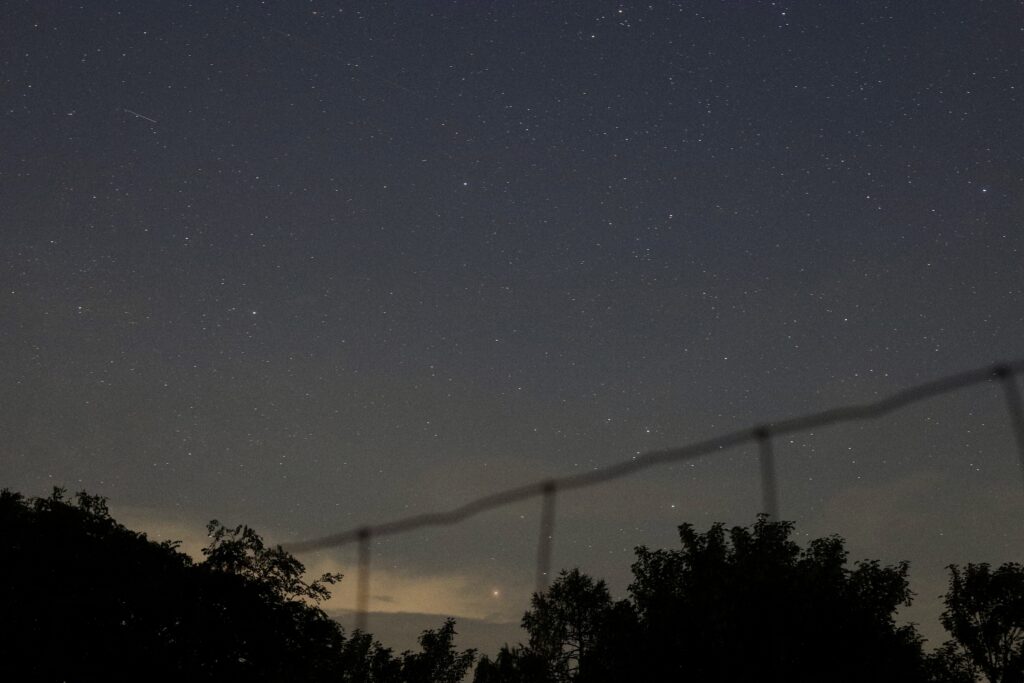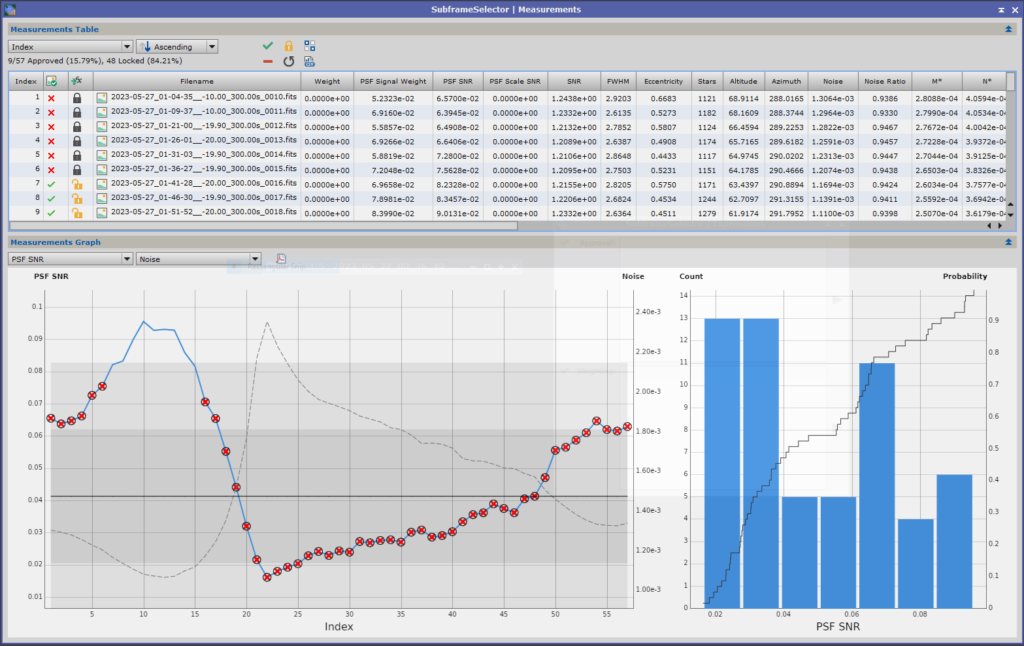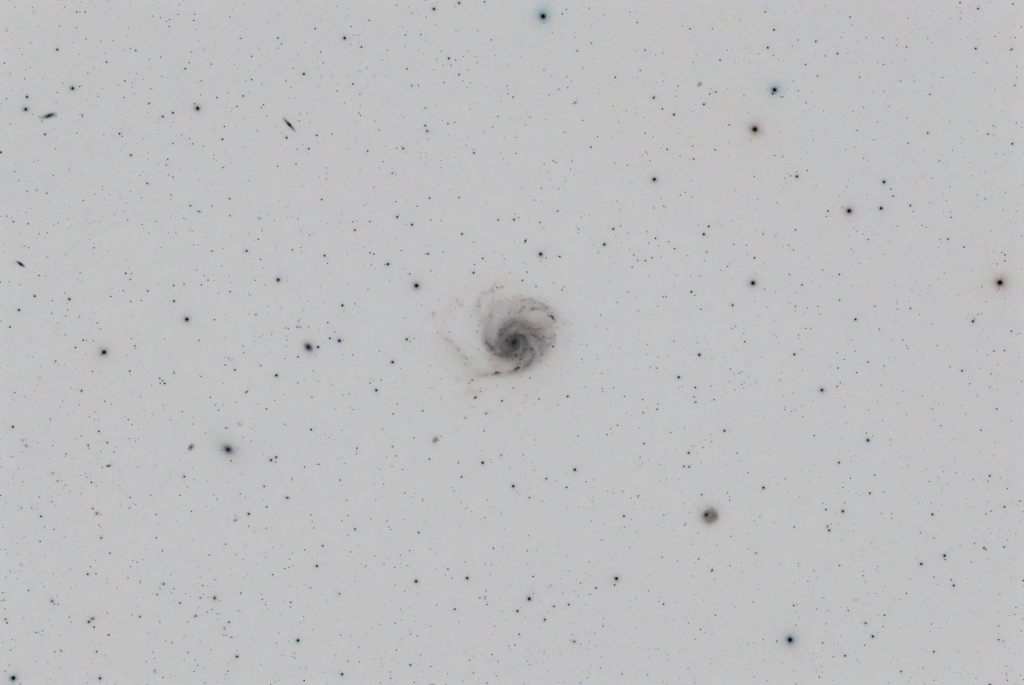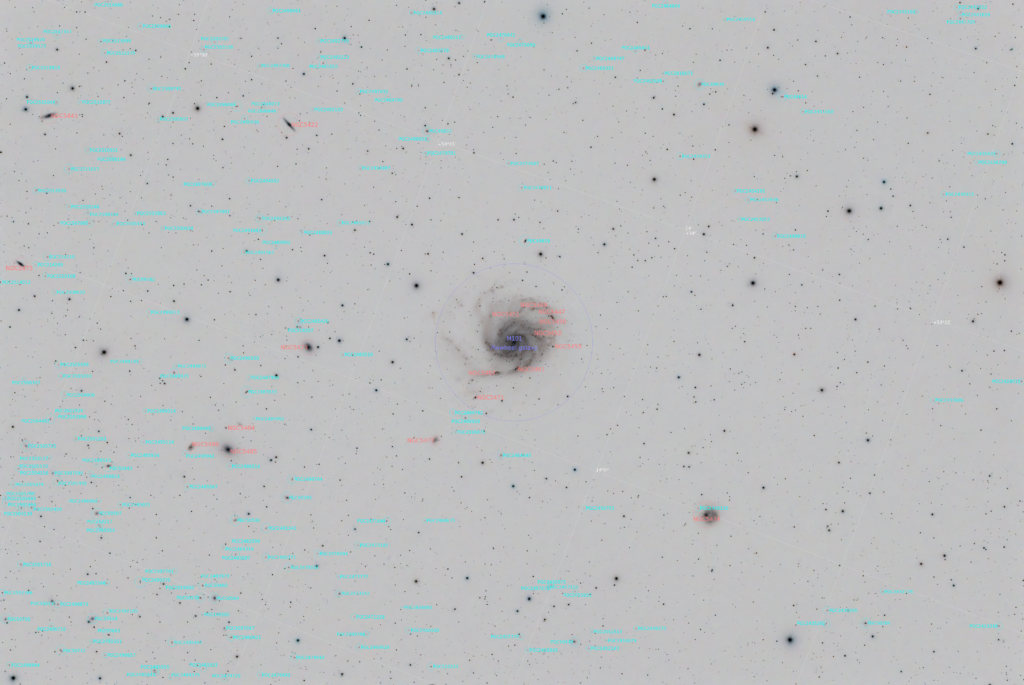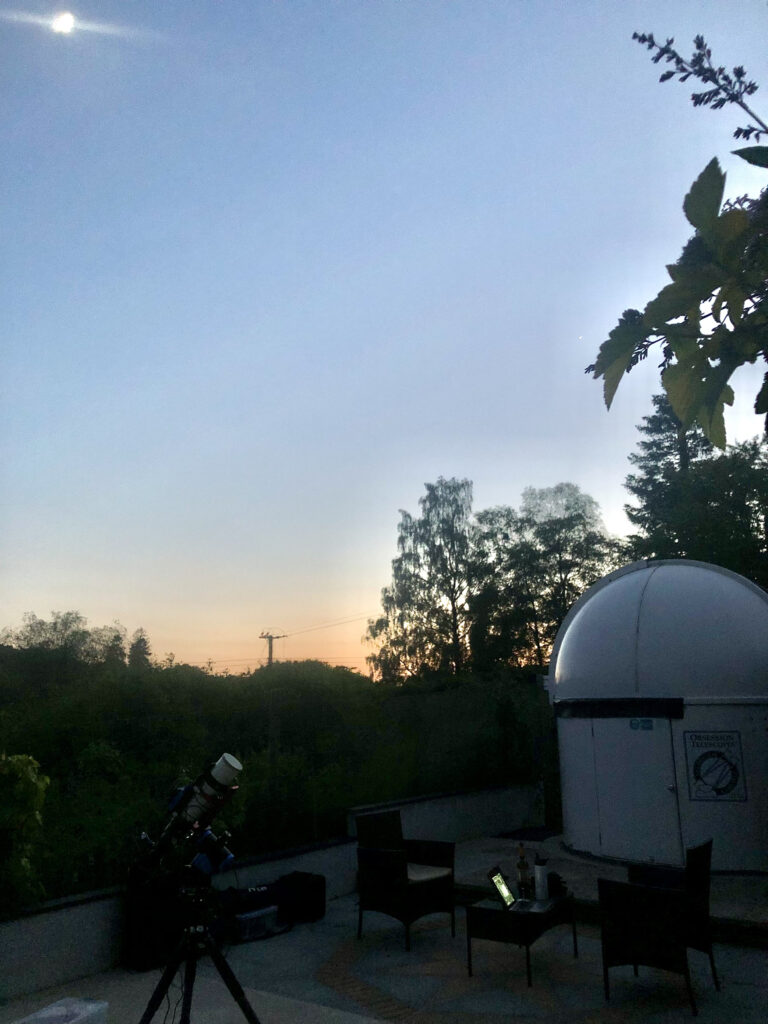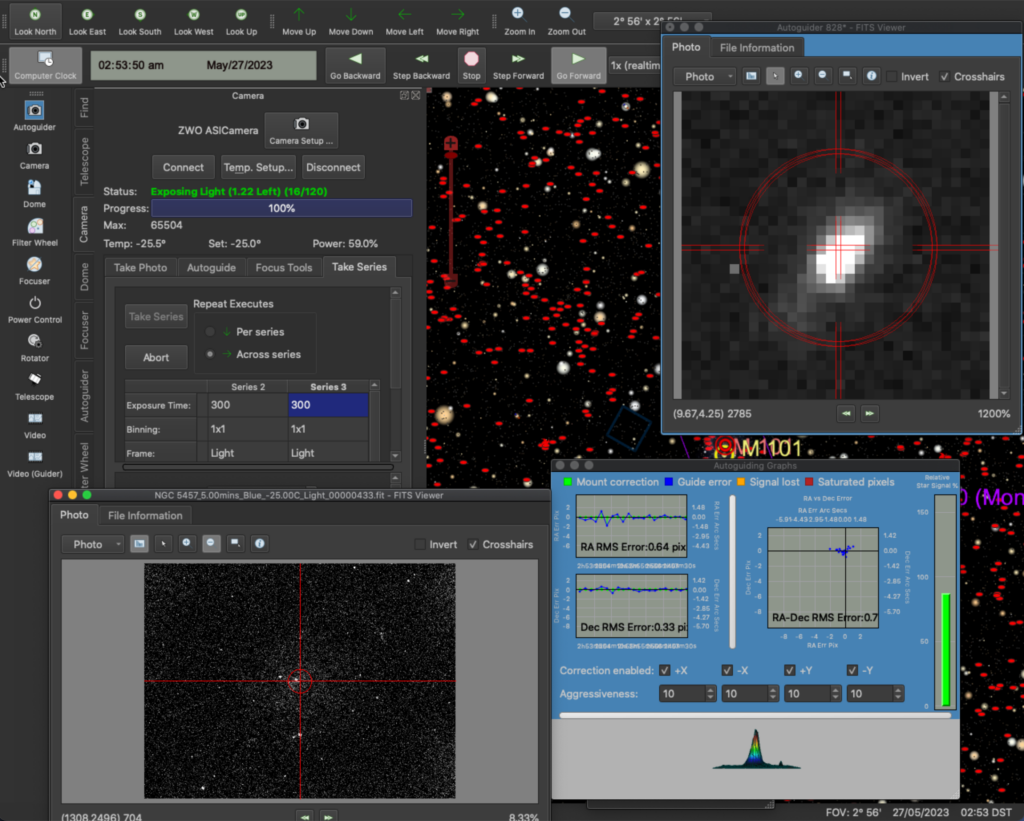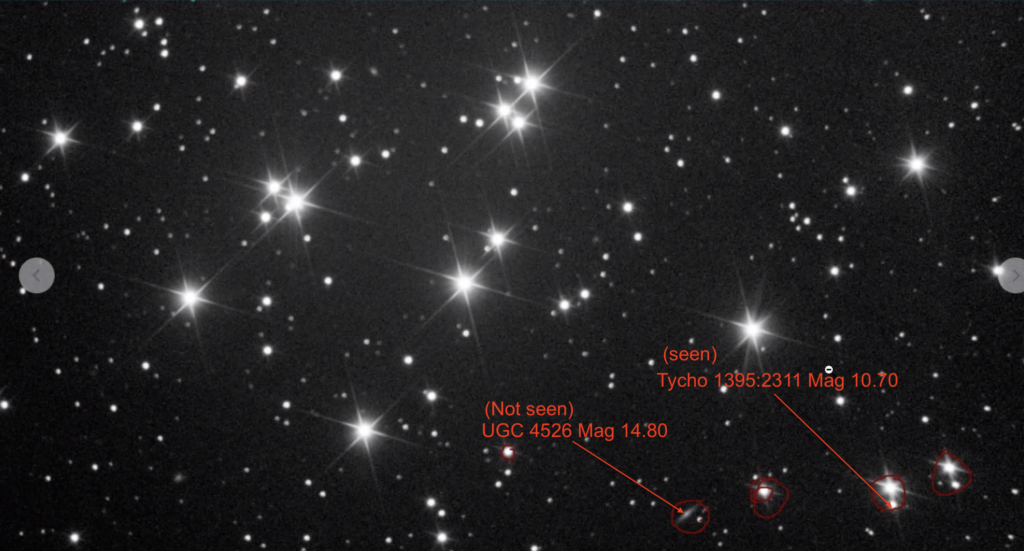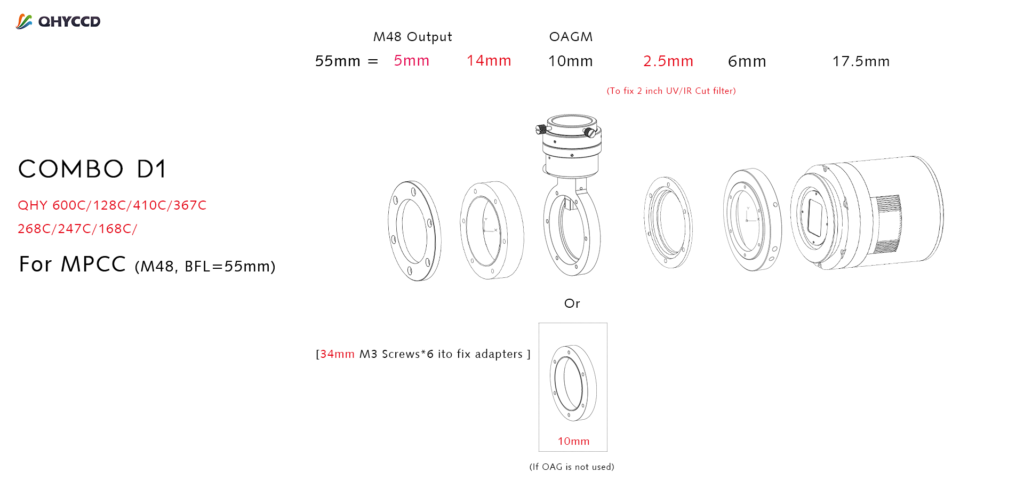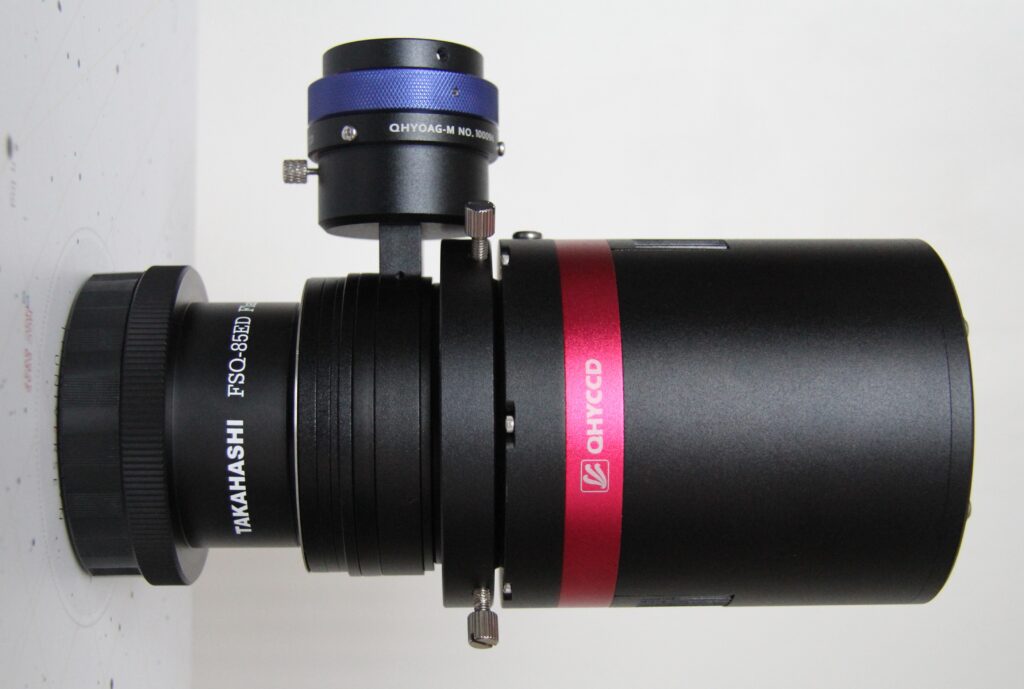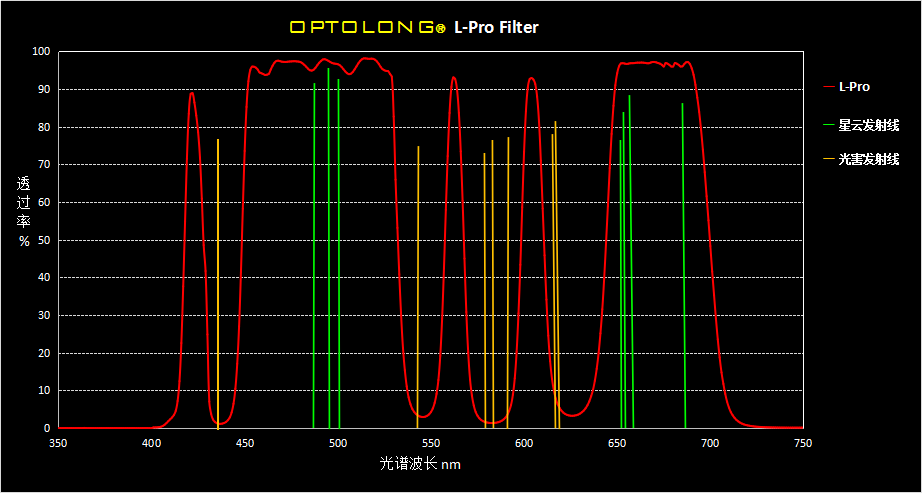23:00 – 02:00
4 Epsilon Lyra Double Double star – 31mm I can see the double but not split the 2 stars; 13mm Ethos allowed me to split the doubles and the 10mm whilst slightly dimmer afforded me a slightly wider split
Cat’s Eye Planetary Nebula – 31mm very small not quite pinpoint of light visible nicely without a filter, OIII filter makes it slightly more apparent and Nebustar filter it looks marginally better; 13mm Ethos provided brighter nebula, again the filters provided a better view with the Nebustar being brightest; 10mm is the best view of them all with a definite oval shape East or West, right to left but now OIII produced the brightest and clearest view although it is pushing the seeing tonight
Turtle Planetary Nebula – Not seen
Rasalgethi Alpha Hercules Double Star – 10mm too much for tonight, could not get good focus but could easily split; 13mm Ethos the best view with brighter primary in yellow, very striking and smaller secondary blue; 31mm Nagler just splittable but both components look yellow.
Albireo Double Star – Bright large yellow primary and smaller but still bright blue star in the 13mm Ethos
M13 Hercules Globular Cluster – lovely in the 31mm Nagler; 13mm Ethos much brighter view and obviously larger with resolving more core stars; 10mm darker background so contrast better and even brighter core and stars more obvious with direct vision, including nice pair at 10pm on the cluster
M57 Ring Nebula – planned but not attempted
61 Cygni Double Star – planned but not attempted
NGC 6891 Open Cluster in Lyra – not seen in 31mm Nagler
NGC 6702 & NGC 6703 Galaxy pair – planned but not attempted
M56 Globular Cluster – 10mm dim resolvable , 13mm slightly brighter resolvable averted vision
NGC 6765 Planetary Nebula – planned not attempted
A really good night overall, the eyepieces lent to me from Bob are excellent and make the viewing more pleasurable being able to switch with my wider field of view ones.

